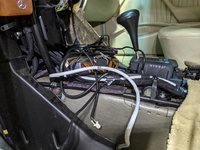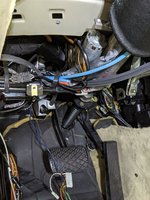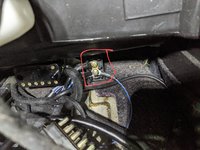First of all,
@speedy300dturbo, nice to have you onboard in this thread. Please stay

.
@gsxr,
@Jlaa -

. Secondly, I read all of posts, but my mind get overwhelmed here and there and if I'm ignoring an obvious piece of information put forward by either of you, please do reiterate it again. I'm starting from a very low resolution of understanding, so may not connect the dots which are readily apparent to you
So that's unanimous!
I was hoping that you might now and by some miracle this information might lead you to a serendipitous discovery. Hoping for a lucky shot
Does DMU refer to a multi meter?
By grey wire, you refer to blue/grey illumination wire, right? Just confirming
I did remove plastic footrest. There is definitely wiring modifications all over the footwell area. That disconnected wire you've circled, along with a bunch of other wires was not connected to anything. They basically fell out as soon as a I pulled on them slightly
View attachment 131358
Dave, could you give me a dumbed down, simple version of correct way to un-crimp yellow connectors?
As far as "re-connect them directly either with solder, a solder-type splice connector, or a quality crimp splice", my understanding is that diving into the footwell with a soldering iron, a solder, and trying to melt it onto a wire connection would be an acrobatic trick of the highest magnitude? Or am I wrong and that's how it should be done, I just have a wrong picture in my head? As far as solder-type connector vs quality crimp splice - which one? I have no experience at all.... Thanks






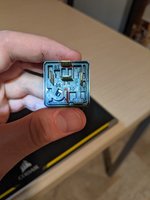
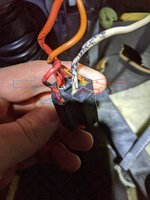








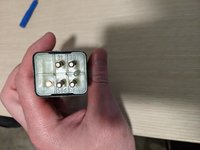


![[500Eboard] PXL_20210522_232814998.jpg](/forums/data/attachments/131/131198-14fb4c18c7cfc912fd4ae6428c174fc4.jpg?hash=FPtMGMfPyR)




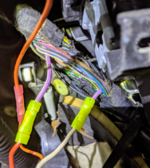

 . Secondly, I read all of posts, but my mind get overwhelmed here and there and if I'm ignoring an obvious piece of information put forward by either of you, please do reiterate it again. I'm starting from a very low resolution of understanding, so may not connect the dots which are readily apparent to you
. Secondly, I read all of posts, but my mind get overwhelmed here and there and if I'm ignoring an obvious piece of information put forward by either of you, please do reiterate it again. I'm starting from a very low resolution of understanding, so may not connect the dots which are readily apparent to you 

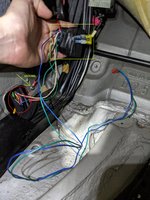



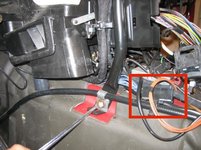
![[500Eboard] 31Z.jpeg [500Eboard] 31Z.jpeg](https://www.500eboard.co/forums/data/attachments/131/131296-c0dad004a98f5ec4e1fa74493ee4053f.jpg?hash=wNrQBKmPXs)
